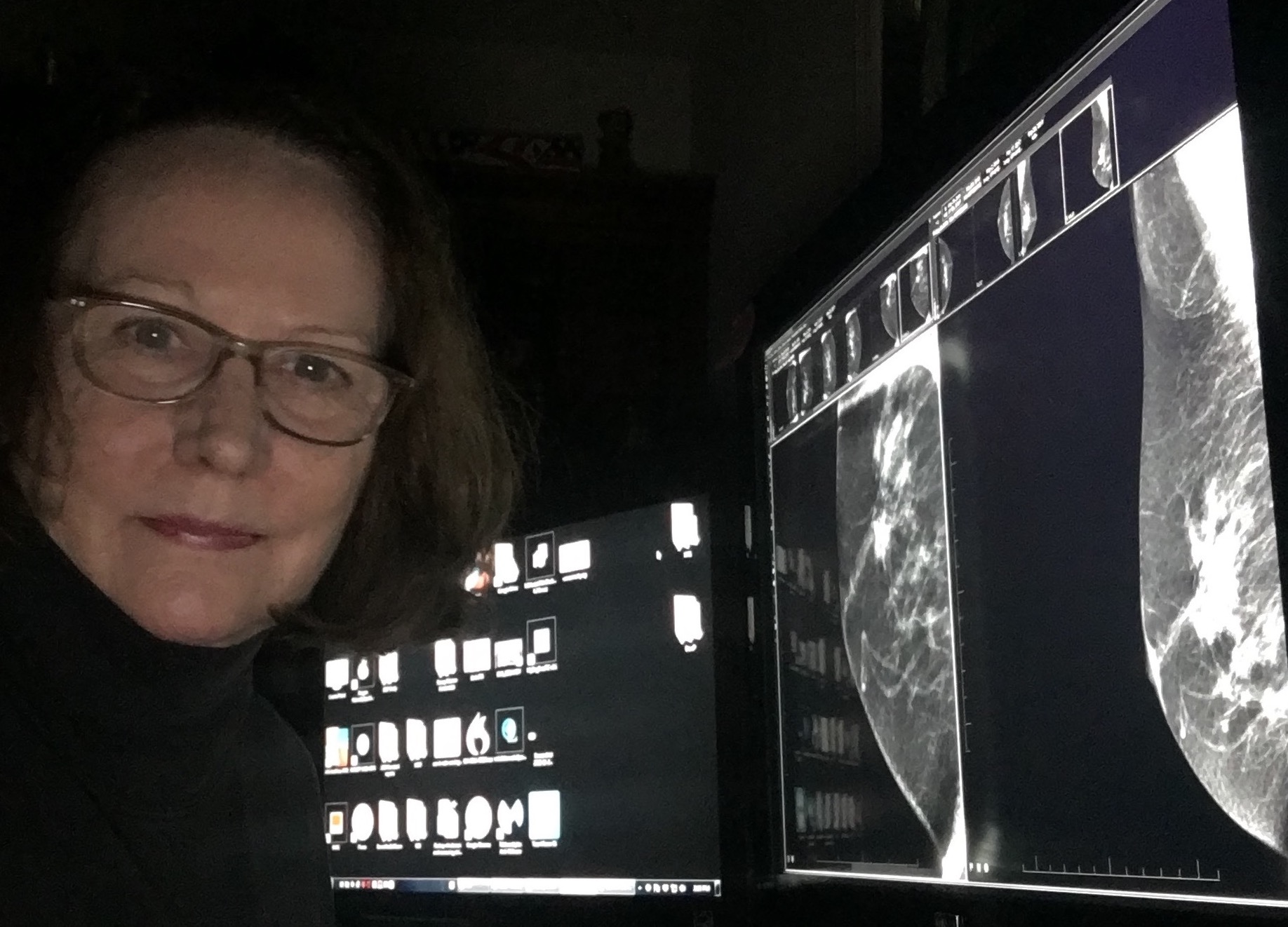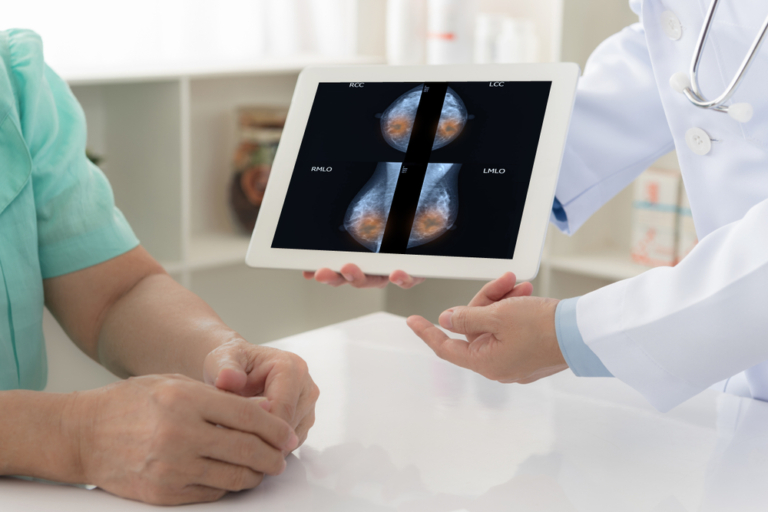Breast imaging centers are facing new challenges as the FDA’s recent proposal to update mammography regulations begins to take effect. With an expected 40 million mammograms to be performed in 2020, the
growing shortage of skilled breast radiologists is being further exacerbated by proposed laws to address breast density. Imaging centers are now grappling with how to deliver new services like 3D mammography, breast MR, automated breast ultrasound, and image-guided biopsy.
We spoke to Dr. Gale Sisney, expert breast imager, ACR examiner, and former regional board member of the Susan B. Komen Foundation, to find out how imaging centers can ease their transition into meeting the new demands in breast screening. One of the first three people to do digital mammography, Dr. Sisney has over 30 years’ experience setting up and managing outpatient and inpatient breast imaging facilities. She reveals how imaging centers can utilize remote readers in breast screening to grow their practice, improve patient care, and meet the FDA’s requirements.

“Most breast imaging centers are already facing issues with backlog, and those that are not, are likely to in the near future,” says Dr. Sisney. “For example, tomosynthesis takes twice as long to read as a 2D mammogram or ultrasound. So, even with the same patient volume, an imaging center needs double the number of radiologists. Or, they need the radiologist to work twice as hard, which is almost impossible.”
Image interpretation is not the only thing making breast imaging more time intensive. Technologists now require more hands-on training, proper protocols need to be implemented and maintained, and imaging facilities must provide additional documentation for quality assurance. Dr. Sisney helps imaging centers manage these challenges by providing remote reading for breast imaging.
“Using remote readers for screening exams can alleviate major pain points imaging centers often deal with.
When I read for a practice, I provide physicians with very, very clear reports. I set up standard protocols and communicate with the technologist to make sure they can accurately apply the correct sequence. I’m able to take my time and not rush through an interpretation – which improves accuracy.” says Dr. Sisney. "Their patients are getting the same quality of care as anyone who goes to a major academic breast imaging center.”
Taking some of these responsibilities off the shoulders of an imaging facility empowers them with the time and resources to focus on things like integrating, performing diagnostic mammograms, procedures, adding new modalities and enhancing communicating with patients and referring providers.
"Most of the MQSA regulation updates are centered around the imaging centers documenting quality assurance. When you have an academic-level, fellowship trained radiologist taking care of everything from sequencing to study reports, it saves an imaging center hours of work. And it makes it much easier for them to integrate new modalities should they decide to invest in new equipment.” says Dr. Sisney.
Even if an imaging center can’t afford to purchase advanced equipment like breast MR, they can utilize the expertise of a high-caliber remote reader to offer premium care with improved accuracy rates.
“When I read for imaging centers, patients are getting high-quality reads.” says Dr. Sisney. “I was the director of three major breast imaging centers and academic cancer centers – with remote reading, patients and imaging centers can access my expertise from anywhere in the world.”
Dr. Sisney says despite working remotely, she’s able to strengthen communication with those she works with by regularly calling to check in. This gives her a better idea of the imaging center’s needs, allowing her to share suggestions from both a medical and business point of view.
“Breast MRI is not an easy exam to perform – but, with the right sequencing, contrast enhanced mammography, especially when combined with tomosynthesis, can potentially do what breast MR has the potential to do. It’s much quicker, it’s much easier, and it doesn’t require a multi million-dollar MRI machine. It’s accessible to almost any imaging center.”
Unfortunately, there’s a big misconception that remote reading for breast imaging is not good, with concerns around file size deterring people from outsourcing workload. But this isn’t the case at all.
“Integration capabilities within remote reading actually help improve workflow efficiency for imaging centers. “ says Dr. Sisney. “Now is really the perfect time to consider the benefits of remote readers.” says Dr. Sisney.
Today, patients are taking charge of their healthcare. Armed with tools like Google and WebMD, they’re adding their own demands on breast imaging practices who are already stretched. As we start to see the first changes in FDA regulation in over 20 years, practices around the country are innovating with new models to survive and thrive. Remote reading, sasy Dr. Sisney, is an opportunity that should not be overlooked.
Dr. Gale Sisney is a Diplomat of the American Board of Radiology and a Fellow of the American College of Radiology. She was named to Leading Physicians of the World (2017) by the International Association of Healthcare Professionals and is the former Director of Breast Imaging at Georgetown University, University of Wisconsin, and University of Colorado.
Have your images read by Dr. Sisney and other academic level subspecialists with DocPanel.
